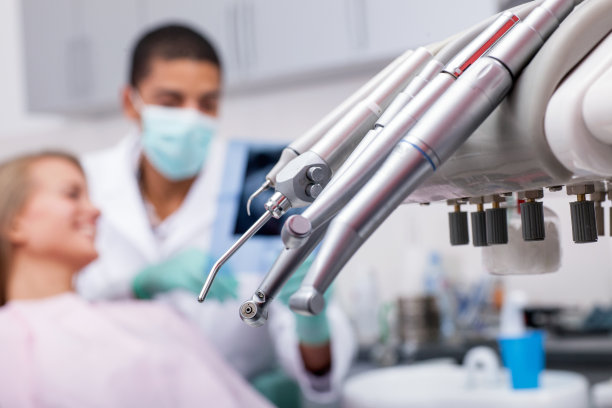Essential Guidelines for Ensuring Optimal Success and Care After Your Dental Filling Treatment
Summary: After undergoing a dental filling treatment, proper care and adherence to guidelines are crucial for ensuring optimal success and long-lasting results. This article explores essential practices that patients should follow in the days and weeks after their treatment. We will discuss specific tips for maintaining good oral hygiene, dietary recommendations, recognizing signs of complications, and the importance of follow-up appointments. By understanding and implementing these essential guidelines, you can significantly improve the healing process and longevity of your dental fillings, ultimately ensuring better oral health.
1. Maintaining Good Oral Hygiene Practices

Good oral hygiene following a dental filling treatment is vital for preventing infections and promoting healing. Patients should brush their teeth carefully, especially around the filled area, to avoid disturbing the filling while ensuring plaque removal. Using a soft-bristled toothbrush can help protect sensitive gums and the newly treated tooth.
Flossing is equally important, as remnants of food can get stuck around the filling. It is advisable to use a waxed dental floss to minimize disturbances to the filling and avoid painful tugging. Make sure to be gentle when getting in between the teeth to preserve the integrity of the filling.
Additionally, consider rinsing with an antibacterial mouthwash. This should be done gently to avoid discomfort but will help in reducing harmful bacteria in the mouth, thus contributing to better overall oral hygiene and promoting optimal healing post-treatment.
2. Dietary Considerations After Dental Fillings
What you eat after getting dental fillings can significantly affect their longevity and your comfort. It’s advisable to stick to soft foods for the first 24 hours post-treatment. Foods like yogurt, mashed potatoes, and smoothies can be enjoyable and easy to consume while avoiding any unnecessary pressure on the treated area.
Avoiding sticky, hard, or crunchy foods is vital in the initial days following treatment. Such foods can dislodge the filling or lead to discomfort. Furthermore, its essential to stay away from exceptionally hot or cold beverages that can cause sensitivity in the treated tooth, possibly leading to pain or discomfort.
Hydration is also critical. Drinking plenty of water can help wash away food particles and bacteria, though it’s advisable to avoid any acidic beverages like sodas and citrus juices until you feel comfortable, as they might irritate sensitive areas around the filling.
3. Recognizing Signs of Complications
After receiving a dental filling, it’s crucial to monitor your condition and recognize any signs of complications. Discomfort or sensitivity is common after the filling but should gradually subside. However, if the pain persists or worsens significantly, it might indicate that the filling has not settled appropriately or that an underlying problem exists.
Other symptoms to watch for include swelling or inflammation in the gum area surrounding the filling. This could reveal an infection or an allergic reaction to the dental materials used. If you notice any unusual swelling, dont hesitate to contact your dentist.
Lastly, if you experience a metallic taste in your mouth or ongoing bad breath, these could be signs that the filling is leaking or compromising the tooth structure. Immediate medical consultation will help prevent further complications and ensure appropriate corrective measures are taken.
4. Importance of Follow-Up Appointments
Scheduling follow-up appointments with your dental professional is crucial after undergoing filling treatments. These visits allow your dentist to assess the condition of the filling, ensuring its proper placement and functionality. It’s an opportunity to address any concerns you might have experienced since the procedure.
Additionally, regular check-ups can help in identifying any evolving issues early on. Catching potential problems means they can often be treated more easily before they escalate into significant concerns. This proactive approach helps in prolonging the life of your filling and overall dental health.
Your dentist may also provide tailored advice based on your recovery process observed during these follow-ups. Ensuring these appointments are made and attended can lead to a smoother healing process and improved oral care practices.
Summary: In conclusion, proper care after dental filling treatment plays a pivotal role in ensuring optimal results. Maintaining good oral hygiene, adhering to dietary restrictions, recognizing complications, and attending follow-up appointments are essential to the healing process. By following these guidelines, you can significantly enhance the success and longevity of your dental filling.
This article is compiled by Vickong Dental and the content is for reference only.


